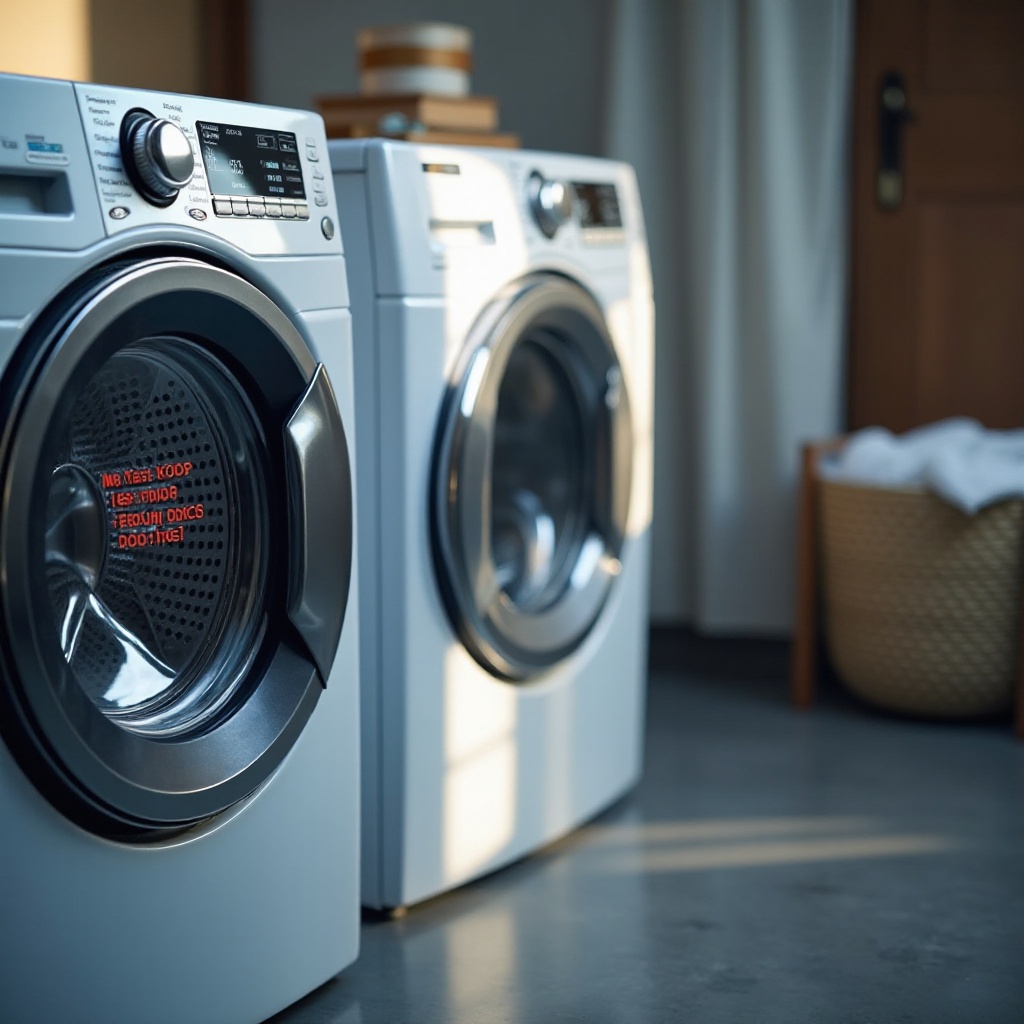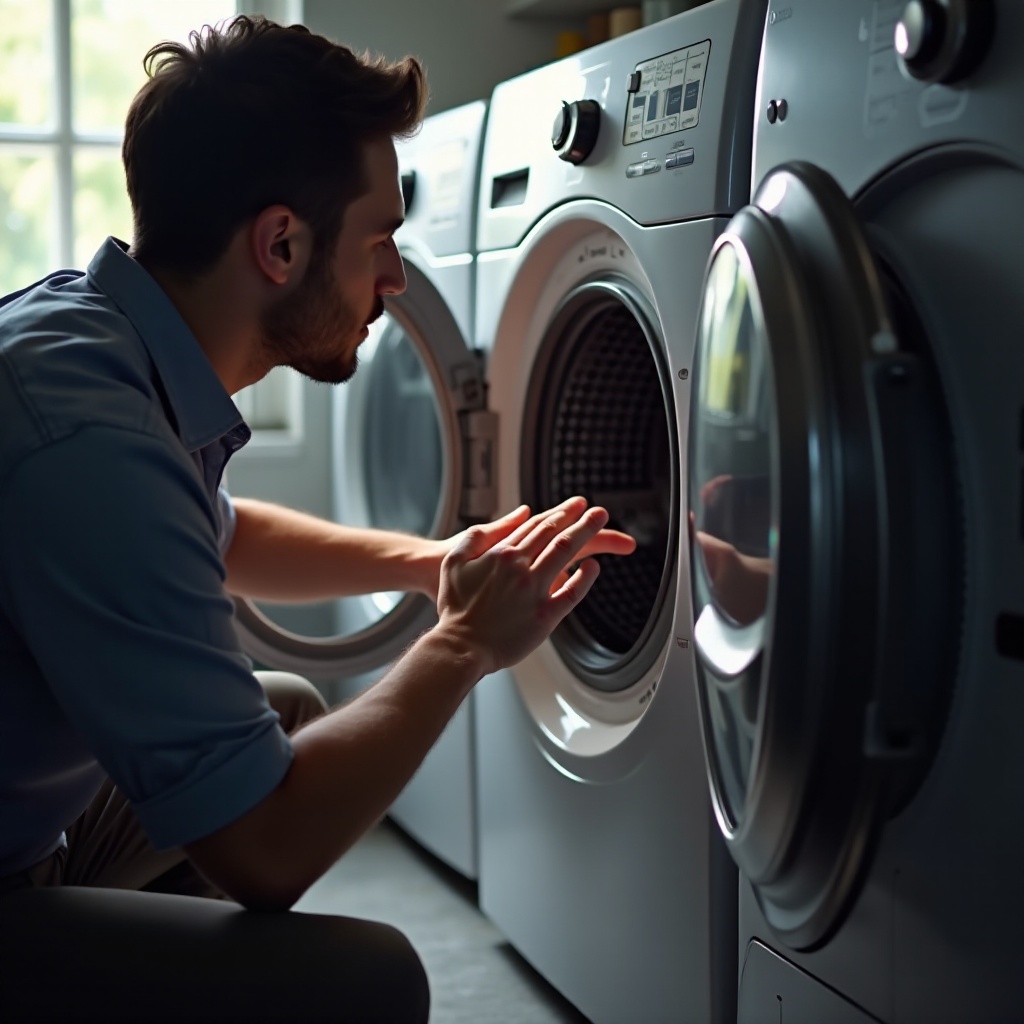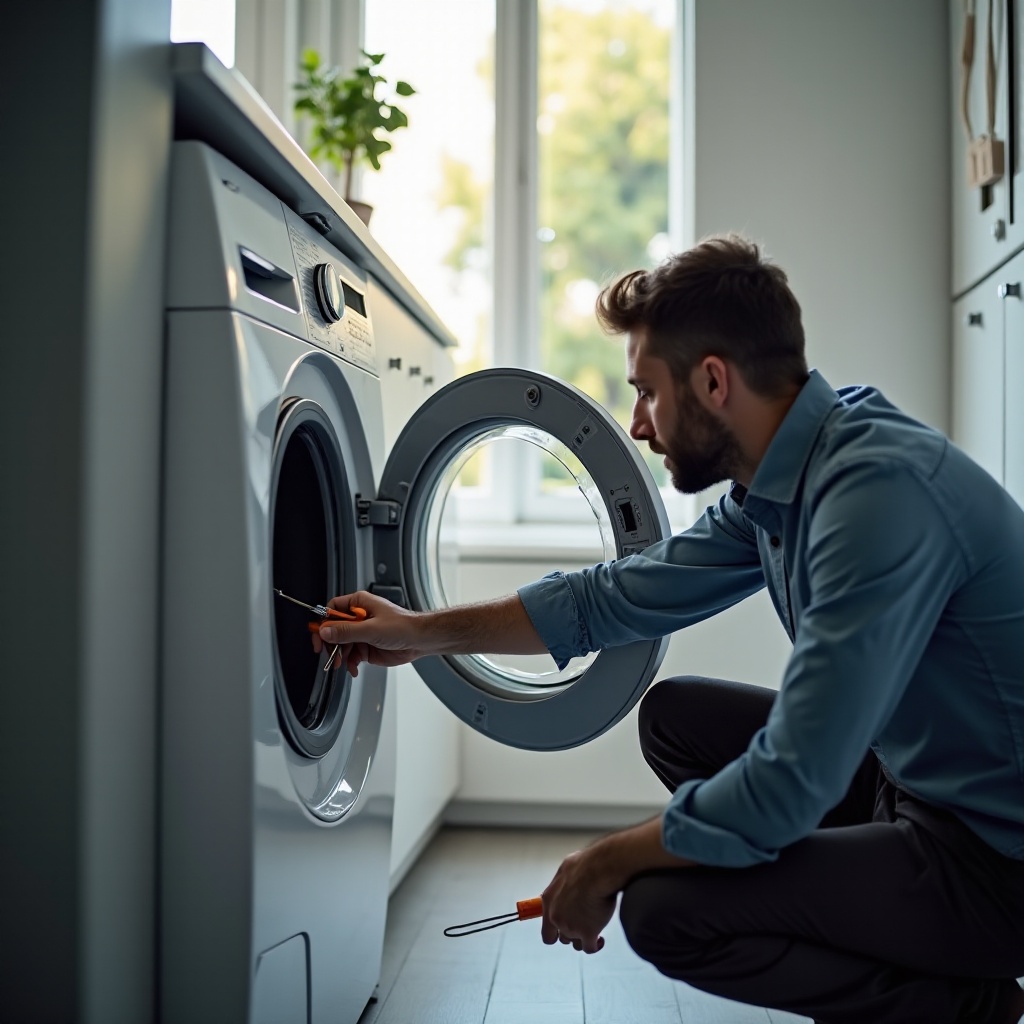Introduction
Experiencing a washer full of wet clothes can be frustrating. A machine that fails to spin or drain disrupts your routine and can lead to costly repairs. Fortunately, by understanding potential causes and solutions, you can save both time and money. In this guide, we'll explore common reasons for these issues, practical fixes, and preventive maintenance tips to keep your washer running smoothly.

Common Causes of Washer Spin and Drain Issues
Identifying why your washer won't spin or drain is crucial before jumping to solutions. There are several common problems that can be addressed with some basic troubleshooting knowledge.
Overloading the Washer
One of the simplest issues to rectify is an overloaded washer. When you pack the drum too tightly, the clothes cannot move, causing an imbalance. Consequently, the washer might stop mid-cycle or fail to spin altogether.
- Solution: Reduce your load size by ensuring clothes are distributed evenly around the drum. Smaller, balanced loads allow the washer to operate smoothly.
Lid Switch Malfunction
Most washers have a lid switch or door lock that prevents the machine from operating if the lid is open. Should this switch fail, the washer might not spin or drain.
- Solution: Test the lid switch by listening for a click when you close the lid. If there's no sound, consider replacing the switch.
Having tackled these basic checks, we'll explore more complex solutions to fix mechanical issues that could be affecting your washer's performance.
How to Fix Mechanical Problems
Once you've completed basic checks, it's time to delve into more hands-on solutions to address mechanical issues affecting the washer's performance.
Inspecting and Replacing the Belt
The washer's belt can wear out or break, especially if your machine is older. A faulty belt won’t allow the drum to spin properly.
- Unplug the washer and remove the back panel.
- Inspect the belt for wear and tear; it should be taut, not loose.
- If there's damage, replace the belt with a new one, ensuring it fits snugly around the pulleys.
Clearing Drain Pump Blockages
A clogged drain pump or hose might be the reason your washer fails to drain. Debris like lint or small articles of clothing can obstruct the flow of water.
- Disconnect the washer from power and water supplies.
- Locate the drain pump—consult your washer's manual if necessary.
- Remove any obstructions, using a brush or cloth to clear blockages.
- Reattach everything and test the machine.
With mechanical challenges addressed, we'll now focus on troubleshooting potential electrical issues that might impact your washer's functionality.

Addressing Electrical Issues
Addressing potential electrical problems in washing machines often requires minimal intervention but can significantly affect functionality. Tackling these issues involves looking at machine components and testing them.
Testing the Timer Switch
A malfunctioning timer switch might be the source of your washer's spin troubles, as it governs the cycle durations and transitions.
- Ensure the washer is unplugged.
- Access the control panel and locate the timer.
- Test the continuity using a multimeter. If readings are erratic or nonexistent, replace the timer.
Diagnosing Control Board Functions
The control board or circuit board controls the washing machine’s functions. Issues here can lead to a failure to spin or drain.
- Disconnect power to the washing machine.
- Remove the top or back panel to access the control board.
- Inspect for burnt components or damages.
- If necessary, replace the board with the manufacturer's suggested part.
Having resolved electrical issues, implementing preventive measures ensures long-term efficiency of your machine.

Steps for Preventive Maintenance
Preventive maintenance can extend the life of your washing machine and minimize breakdowns. Adopting simple habits can maintain your washer's efficiency and longevity.
Regular Washer Cleaning Tips
- Run an empty wash cycle with hot water and a cup of vinegar regularly to combat mold and buildup.
- Wipe down the door and drum after each use.
- Frequently clean the detergent drawer to prevent soap residue buildup.
Proper Loading Techniques
- Avoid overloading the washer to reduce stress on its mechanical components.
- Evenly distribute clothes, allowing space for movement.
- Use the correct detergent and cycle settings for different fabric types.
Conclusion
A washing machine that won't perform essential functions can be a major hassle. However, with the aforementioned troubleshooting steps, you can likely rectify the issue yourself. By addressing mechanical and electrical problems effectively, your washer will be running in prime condition once more. Remember, regular maintenance plays a critical role in preventing recurrent issues and prolonging your appliance's lifespan.
Frequently Asked Questions
What should I do if my washer still won't spin after these steps?
If your washer continues to have problems, despite these steps, it might be time for a professional diagnosis. An experienced technician can identify complex issues beyond basic troubleshooting.
Can using the wrong detergent affect my washer's ability to drain?
Yes, using incorrect or excessive detergent can lead to soap buildup and clogs in the drain. Always adhere to the manufacturer's detergent recommendations for your machine.
How often should I check my washing machine for maintenance?
It's advisable to perform a maintenance check every three months. This includes cleaning the drum, inspecting hoses, and confirming that all electrical components function correctly. Regular inspections can prevent minor issues from becoming serious problems.
